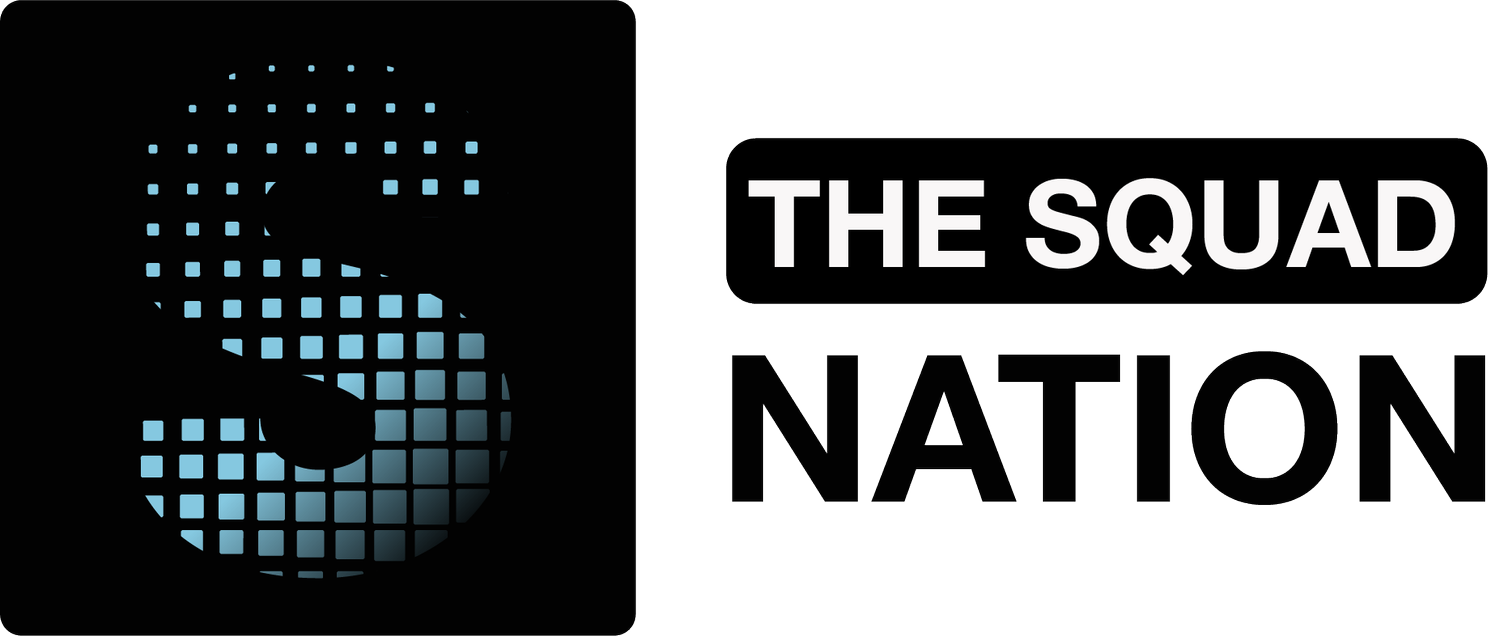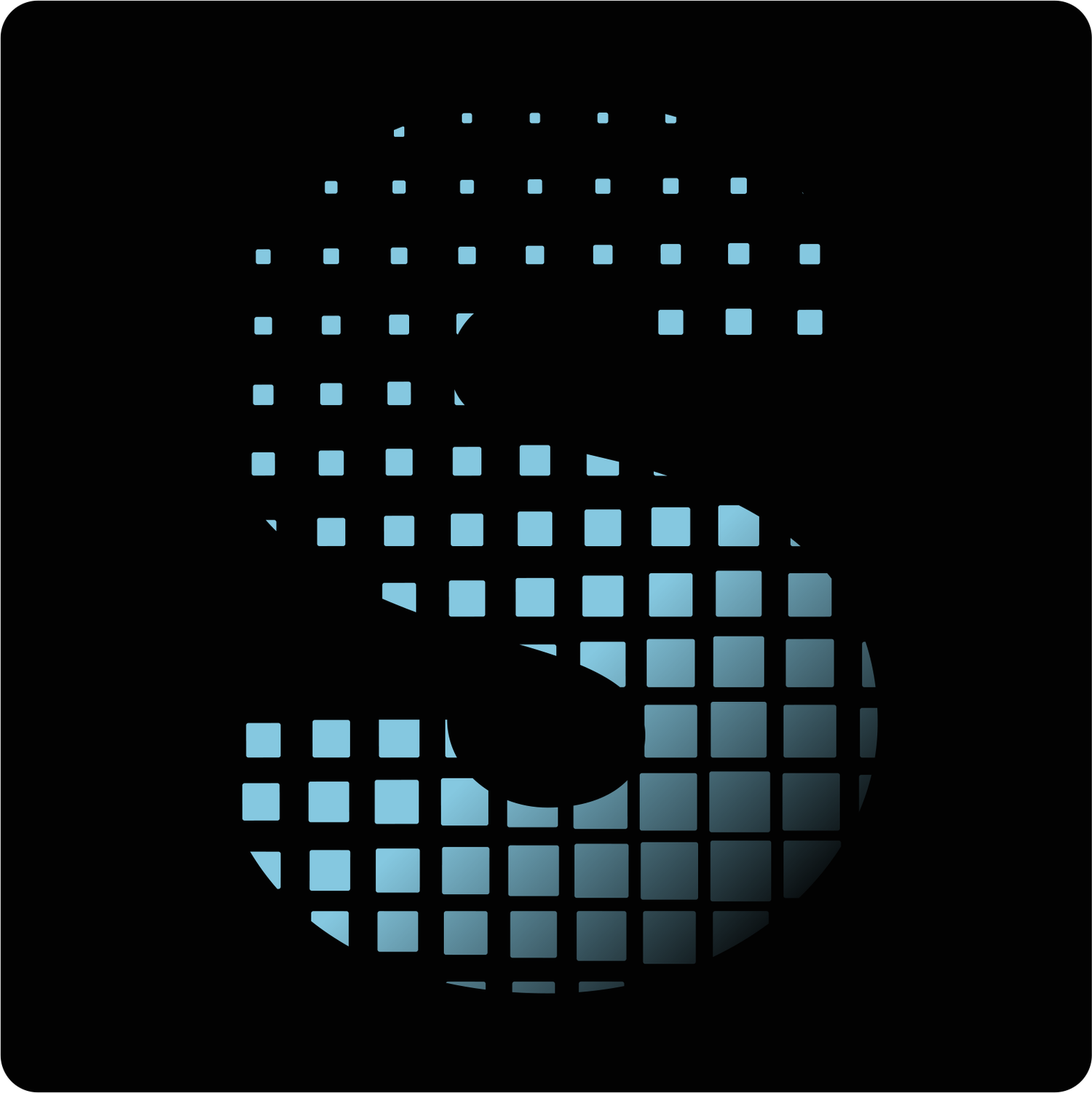What are fit sessions?
We often work with start-ups and companies new to fashion or who are new in creating wearables in medical or tech. When working with such clients there is an educational component involved. Often the product development process is the source of many questions, and some questions we often receive are around fit sessions. What are fit sessions? Why are they necessary? Can I develop a product without them?
The goal of a fit session is to ensure that the product meets the needs of the target audience, is functional, comfortable, and aesthetically pleasing, and that any risks are identified and addressed.
A fit session in product creation is a meeting held when a new prototype is created. Fit sessions are part of an iterative process where the prototype is evaluated for its fit, function, comfort, overall design aesthetic, and safety. The goal of a fit session is to ensure that the product meets the needs of the target audience, is functional, comfortable, and aesthetically pleasing, and that any risks are identified and addressed. In fit sessions, size and fit are key focuses, as they refer to the measurement and proportion of a garment in relation to the body, and how well the garment fits and feels on the wearer.
While some companies can fit physical prototypes on a mannequin and a model, our process is slightly different. We prefer to start the iterative process of prototyping and fit sessions in virtual environments before moving to fitting physical prototypes of the product. Where we differ is we only fit on fit models, not mannequins. While mannequins can provide cost savings of a fit model, a fit model provides verbal feedback, that cannot always be captured through observation.
A fit model can also be a called a model, however a fit model is usually well versed in evaluating products more in depth than most people and models. They are tuned into their body and how products fit, feel, perform, and move. The fit model is cast and selected to represent the target audience in gender, body shape, size, fitness level, and age for the intended product. It is not only important that the same model or fit model is utilized throughout the development of a product, for continuity, but that the fit model is also well educated in how to interact with the technical designer. The technical designer leads the fit session, and audience, to maximize the efficiency of the meeting, capture quantitative data, and as much qualitative feedback as possible on each prototype.
If a product doesn’t fit, and it isn’t comfortable, consumers will not wear it.
The technical designer will lead the fit session after preparing the product for the meeting by documenting the prototype’s measurements, construction, materials, and other details through photos and written comments. The technical designer will also review the previous prototype before entering the fit session to ensure the meeting attendees and the model have a clear understanding of what stage the prototype has been in and what iteration the current prototype should be representing. In the fit session the technical designer will instruct the model through a series of processes to identify issues with the garment's design, fit, or construction and makes necessary changes to improve the fit and function of the product.
Fit sessions are required at every prototype round as they involve a series of adjustments, for example altering the length, width, or placement of seams, adding, fine-tuning, or removing components, or adjusting the shape of the prototype. Each time a material, component, and/or change of the form of the prototype is made, the prototype may fit, function, perform differently, or have a new risk surface. This can be anything from a bra wire digging into a fit model to a wearable device losing contact with the skin surface. Fit sessions can help technical designers, designers, and teams identify the optimal placement of these components, ensuring that the prototype functions as intended.
During a fit session, the designer will also evaluate the overall look and feel of the garment, including its color, texture, and style. This process may be repeated multiple times until the product reaches a final design that meets the needs and expectations of the target audience. While a designer can usually sign off the design direction early in the iterative prototype process, new factors can arise requiring their continued involvement in the evaluation of a prototype.
When a product is built for the body whether it be apparel, medical, or wearable tech, several factors will influence the success of the product. And while fit sessions add time and cost to the product development process, they are an essential de-risking process to a product’s success with the target consumer. If a product doesn’t fit, and it isn’t comfortable, consumers will not wear it.

